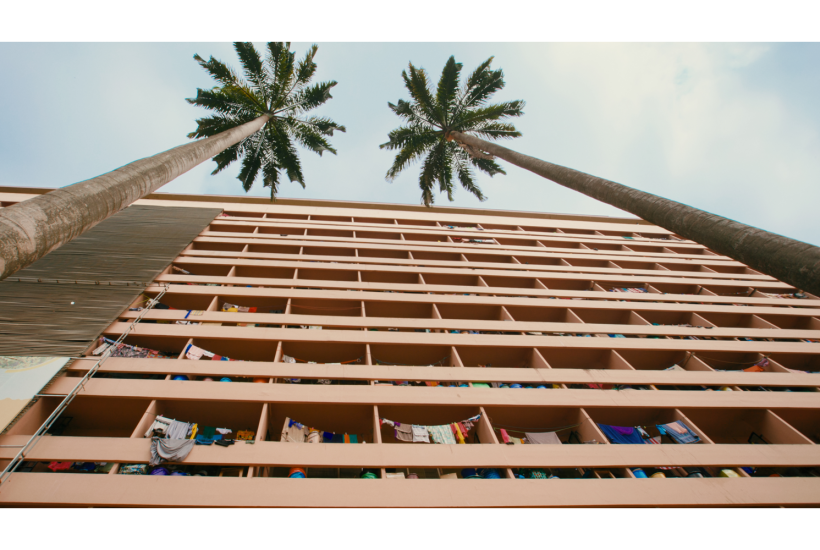My childhood in Hong Kong was shaped by a particular style of building: market halls with brise-soleils sheltering us from the glare; housing-block stairwells with perforated blockwork letting in dappled light and breeze; classrooms accessed from open-air decks, with clerestory windows cross-ventilating the stale, sticky air.
In this sub-tropical ex-British colony, these features defined its mid-century municipal buildings.
Already a subscriber? Log in
Subscribe for just $2 a week
Try a month of The Spectator Australia absolutely free and without commitment. Not only that but – if you choose to continue – you’ll pay just $2 a week for your first year.
- Unlimited access to spectator.com.au and app
- The weekly edition on the Spectator Australia app
- Spectator podcasts and newsletters
- Full access to spectator.co.uk
Or
Unlock this article
You might disagree with half of it, but you’ll enjoy reading all of it. Try your first month for free, then just $2 a week for the remainder of your first year.








Comments
Don't miss out
Join the conversation with other Spectator Australia readers. Subscribe to leave a comment.
SUBSCRIBEAlready a subscriber? Log in